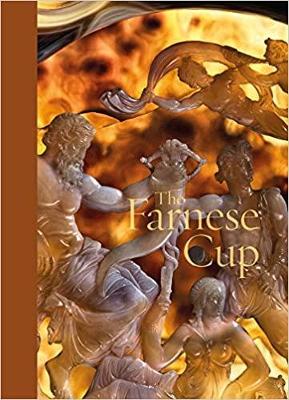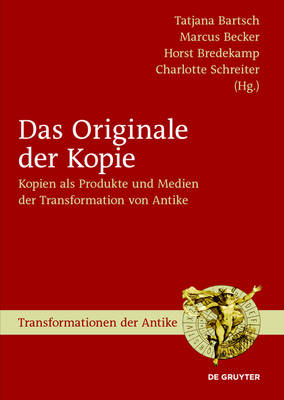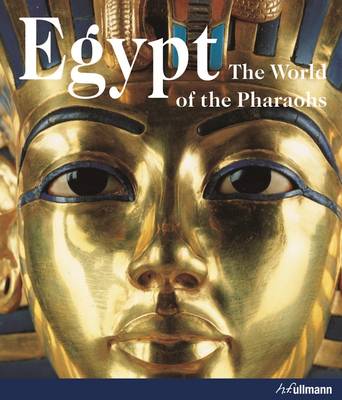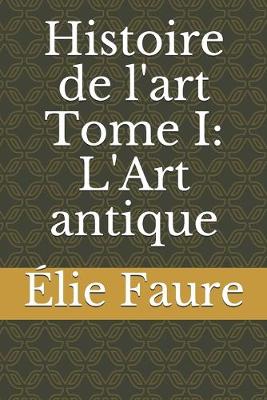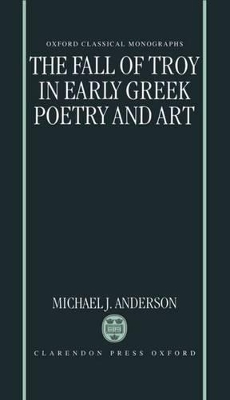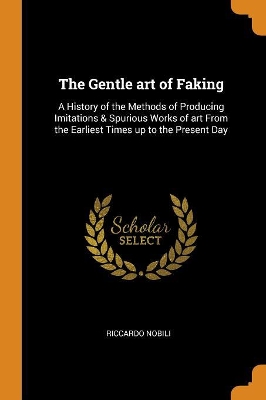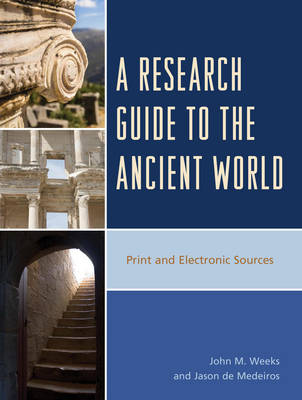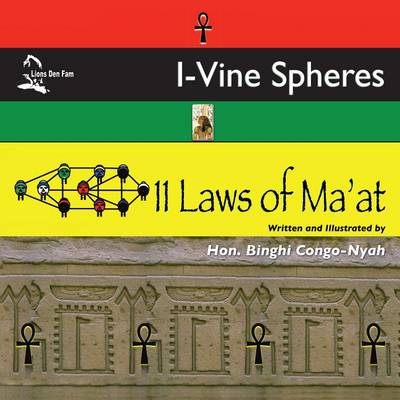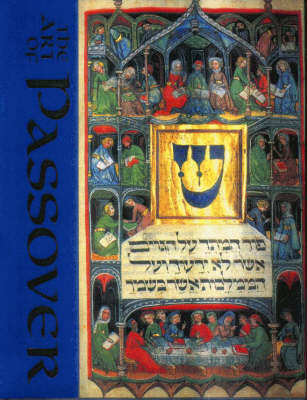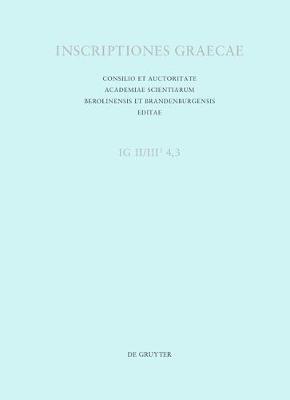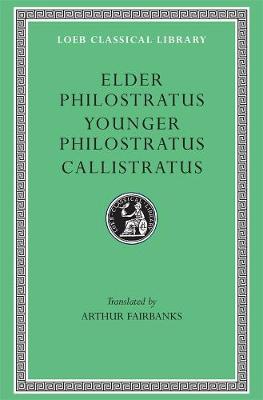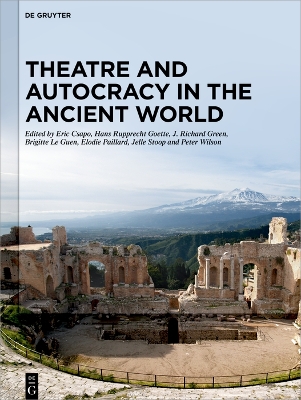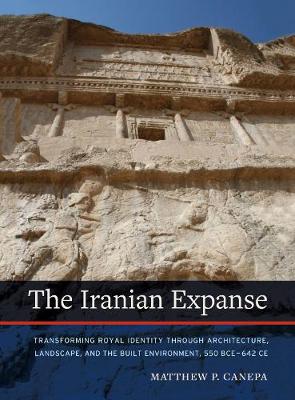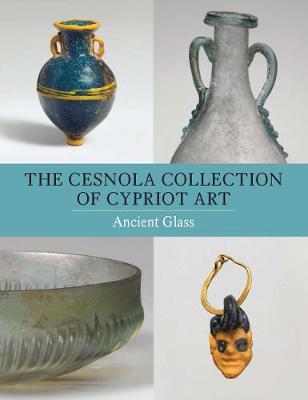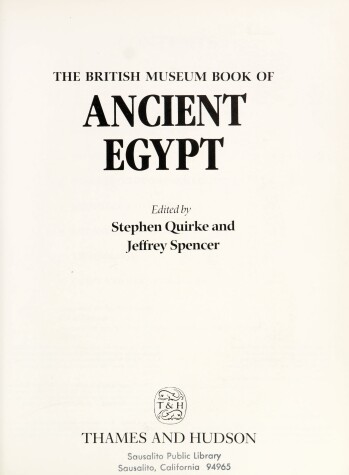The Farnese Cup: the largest cameo hardstone cup to have survived from the ancient world. A treasured piece that travelled over centuries. A meticulously prepared publication illustrating the Farnese Cup in varying perspectives. A tour de force of a carver's skill and craftsmanship, the Farnese Cup is the largest cameo hardstone cup to have survived from the ancient world. Thought to be made in Hellenist Egypt sometime between 300 BC and 30 BC, the Cup was not an archaeological find but rather...
Roman emperors, Arab scholars, and early travellers were already drawn to and enchanted by the fascination of the land along the Nile. The pyramids of Giza, the temple-city of Karnak, or the Valley of the Kings with the grave of Tutankhamen even today maintain their extraordinary force of attraction.Across the centuries, the high culture of the ancient Egyptians has pertained its allure. This can certainly be attributed to their astounding architectural, artistic, and technological achievements...
Neufunde aus der Nekropole des 11. und 10. Jahrhunderts
by Karl Kubler
This historic 1933 publication documents the important collection of Egyptian, Greek and Italian pottery assembled in the early years of what is now the Kelsey Museum of Archaeology. This collection, brought together in part for teaching purposes, contains a wide range of classic pottery types and is illustrative of the development of pottery over time in these Mediterranean cultures. The volume consists of a portfolio containing loose, unbound plates and explanatory text with catalogue, as is t...
The Campana Collection at the Royal Museum of Art and History (Brussels) (Etudes D'Archeologie, #4)
by Susanna Sarti
The Funerary Art of Ancient Egypt
Ancient Egyptian artists produced masterpieces and works of funerary art on a scale never seen before or since. This book is the first to discuss the artistic development of funerary scenes over the four hundred years of the New Kingdom, covering the different reigns of the period. It shows the sequence of events in the funeral processions and how they developed over the course of time. Moreover, it covers many different sites in the Theban necropolis, including scenes from many closed and unpub...
The Fall of Troy in Early Greek Poetry and Art (Oxford Classical Monographs)
by Michael J. Anderson
Greek myth-makers crafted the downfall of Troy and its rulers into an archetypal illustration of ruthless conquest, deceit, crime and punishment, and the variability of human fortunes. This book examines the major episodes in the archetypal myth - the murder of Priam, the rape of Kassandra, the reunion of Helen and Menelaos, and the escape of Aineias - as witnessed in Archaic Greek epic, fifth-century Athenian drama, and Athenian black- and red-figure vase painting. It focuses in particular on t...
A Research Guide to the Ancient World
by John M Weeks and Jason De Medeiros
Corpus Vasorum Antiquorum - Fascicule 6
This historic 1933 publication documents the important collection of Egyptian, Greek and Italian pottery assembled in the early years of what is now the Kelsey Museum of Archaeology. This collection, brought together in part for teaching purposes, contains a wide range of classic pottery types and is illustrative of the development of pottery over time in these Mediterranean cultures. The volume consists of a portfolio containing loose, unbound plates and explanatory text with catalogue, as is t...
This volume presents kindred works important for evidence relating to late Greek art. They are attributed to two men each known as Philostratus and to a third man called Callistratus, otherwise unknown. To an elder Philostratus, the Lemnian, born ca. 190 CE, junior kinsman of the Philostratus who wrote the Life of Apollonius of Tyana and Lives of the Sophists, is attributed the series of 65 'Eikones' or 'Imagines', descriptions (in two books) ostensibly of paintings in a gallery at Naples. A you...
Local Self-Governance in Antiquity and in the Global South
The nucleus of society is situated at the local level: in the village, the neighborhood, the city district. This is where a community first develops collective rules that are intended to ensure its continued existence. The contributors look at such configurations in geographical areas and time periods that lie outside of the modern Western world with its particular development of society and statehood: in Antiquity and in the Global South of the present. Here states tend to be weak, with obvious...
Theatre and Autocracy in the Ancient World
Why did ancient autocrats patronise theatre? How could ancient theatre – rightly supposed to be an artform that developed and flourished under democracy – serve their needs? Plato claimed that poets of tragic drama "drag states into tyranny and democracy". The word order is very deliberate: he goes on to say that tragic poets are honoured "especially by the tyrants, and secondly by the democracies" (Republic 568c). For more than forty years scholars have explored the political, ideol...
The Iranian Expanse explores how kings in the ancient Iranian world utilized the built and natural environment-everything from royal cities and paradise gardens, to hunting enclosures and fire temples-to form and contest Iranian cultural memory, royal identity, and sacred cosmologies over a thousand years of history. Although scholars have often noted startling continuities between the traditions of the Achaemenids and the art and architecture of medieval or Early Modern Islam, the tumultuous mi...
The Cesnola Collection of antiquities from Cyprus preserves the island's artistic traditions from prehistoric through Roman times and represents the first large group of ancient Mediterranean works to enter the museum's collection. This catalogue, which focuses on Cypriot glass, contains over 500 works dating from the Late Bronze Age to the Early Byzantine period (ca. 1500 B.C.-ca. A.D. 625) from one of the most comprehensive collections of Cypriot art in the world. Illustrations of each object...
Welterbe Bergpark Wilhelmshohe - Die Antikensammlung (Parkbroschuren Mhk, #5)
by Franziska Franke
